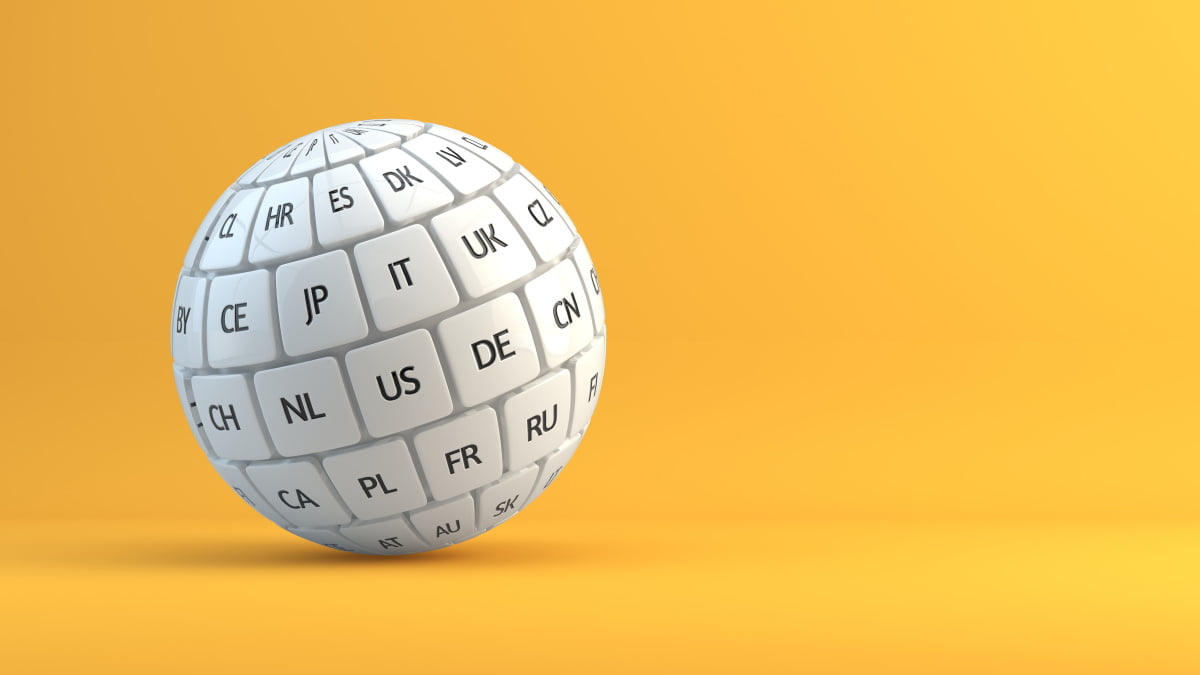What is Translation Memory? How Can It Benefit You?
Translation memory is a bilingual database of phrases and corresponding translations that have been generated either from scratch by our translators or by machine translation which has been post-edited.
Put simply, these databases are used by professional translators to avoid translating the same words and phrases over and over again, and to help them to translate new text in a way that is consistent with translated phrases saved in the translation memory.
But, this only scratches the surface.

How is translation memory used?
TM software is a software environment in which our translators work, that strips client files of their original formatting, and provides translators with a bilingual view of both the original language in one column, and the target language translation in the column beside it.
It features a glossary of the client’s preferred terminology which they have provided, reference material which our translators can make reference to whilst working, and of course translation memory capabilities.
When our translators analyse a new client file against the phrases saved in the software’s memory, it ascertains whether the text has been translated before, either in full or partial sentences, and grades the matches.
These graded matches are known in the language services industry as “fuzzy matches”.
High fuzzy matches indicate that most of the phrase has already been translated and is saved within the translation memory. Low fuzzy matches mean that only a small part of the phrase has already been translated and stored in the TM.
These matches are a benefit to you, the client, as we, like many translation agencies, offer discounts based on the number of fuzzy matches identified, as our translators aren’t required to translate as much unique content.
At Andiamo, we use industry-leading translation memory software, Trados Studio.

When is it used? – Is TM right for your project?
Documents with repetitive content are well-suited for using translation memory software.
For example, if you have a manual or technical data sheet, where only part of the document is updated on a regular basis, or where lots of content is repeated with little variance, TM can offer you time and cost saving benefits, enabling our translators to leverage what has already been translated, and focus only on new content.
What are the benefits of translation memory?
Translation memory helps our translators to work more quickly, efficiently, and with greater consistency, by removing the need to translate the same phrases multiple times, ultimately helping to reduce the cost of your translation.
Furthermore, if the translator who usually works on your projects at your chosen agency is ever unavailable, you can rest assured that another translator will have access to the same resources, and the same saved translated phrases and sentences in the software’s memory, enabling them to deliver the same quality, accurate translations you expect, in a consistent style.
Businesses who develop long relationships with their translation agency, can enjoy further cost saving benefits of using TM. The more of your commonly used phrases and sentences that are committed to our software’s memory over time, the higher the number of matches, leading to greater discounts on future projects.

How we maintain and manage our TM software
Translation memory software is usually updated at the end of every project.
When we work with a client on large projects, or over a long period of time, our translation memories can become very large and require maintenance so they continue to provide our translators with the highest quality suggestions.
We maintain our translation memories by stripping out segments that haven’t been used in a while, removing inconsistencies in the source text, removing duplicate translations, correcting inconsistent terminology and updating the TMs with newly approved terminology, to offer the most accurate, consistent translations possible.

Translation memory vs machine translation
Sometimes, TM software and machine translation are confused. However, the biggest difference between the two is that a machine translation engine performs translations automatically for an entire text, whereas translation memory software is an aid that suggests translations to language professionals conducting a manual translation process. TM may only suggest a solution for part of a sentence, relying on the translator to complete the translation.
Furthermore, if a machine translation engine has not been specifically trained using a particular client’s terminology, it is highly unlikely to provide translations consistent with the client’s previously translated documents, while TM supports and helps to improve consistency over time.
At Andiamo!, we sometimes adopt a hybrid approach, where we pre-translate a document using a client’s translation memory, and use machine translation for new text that won’t be saved in the software’s memory.
Because our translators have access to the client’s glossary and the TM software, they are able to post-edit the machine translation output to make the translations consistent with the TM.
To learn more about how we can help your business with trusted, accurate, high-quality translation services, contact our team today to discuss your requirements.







